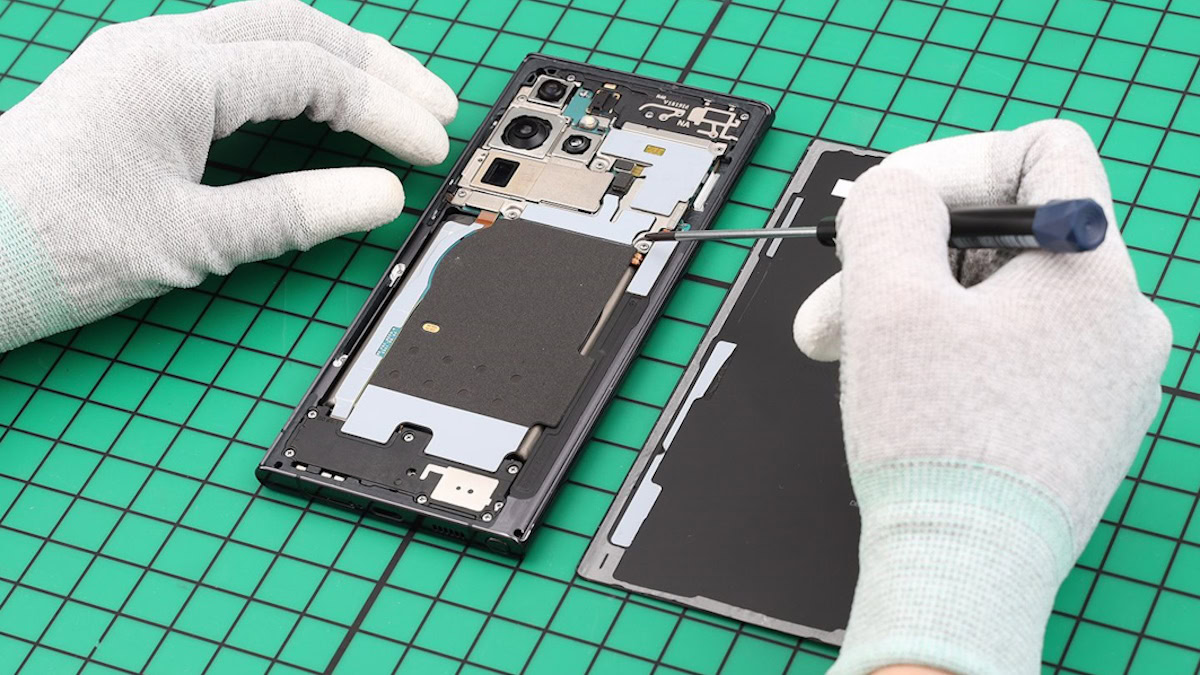Affiliate links on Android Authority may earn us a commission. Learn more.
New EU rule gives you a reason not to throw away your broken phone
Published onApril 24, 2024

- The EU established new right-to-repair rules that extend repair protection for consumers.
- This strengthens the current consumer protections in the EU and makes repairs easier and cheaper.
- EU members will have two years to implement the new rules into law following formal approval.
The EU officially adopted new rules to make repairing consumer goods, including smartphone repairs, more accessible and cheaper for users.
This includes several new mandates, including requiring companies to repair devices even after the warranty period expires at a reasonable price.
As we previously covered, EU rules already included protections that cover consumer goods with a minimum 2-year warranty. Users can opt to have a broken product replaced or repaired within this standard warranty period.
What’s new?
With this latest update to the legislation, if users choose the repair option within the original warranty period, companies will need to extend the warranty for another year.
Furthermore, the EU rule requires companies to notify users of their right to repair, provide repairs outside of the warranty period in a timely manner and at a “reasonable” cost, and provide access to spare parts and tools.
Additionally, the rules establish that companies cannot create hardware or software impedances that block repairs. This includes “parts paring” or disallowing the use of second-hand or 3D-printed spare parts by independent repairers. Companies also cannot refuse repairs solely because a third-party technician previously repaired it. Apple in particular has been engaging in such practices, while simultaneously touting its green credentials.
To make repairs more accessible, the EU will create an online platform where consumers can look up repair shops and community repair locations like repair cafes.
This sounds pretty impressive, but it’s also important to highlight what’s not included in these new right-to-repair rules.
What’s not included?
Although consumer products like washing machines, vacuum cleaners, and smartphones are covered in this right-to-repair rule, it does not cover products purchased for businesses or industrial goods, the Right to Repair Europe coalition rightfully points out (h/t The Verge).
Moreover, the coalition also points out that vague wording such as “reasonable price” and the fact that companies can refuse to comply by citing “legitimate and objective factors” still leaves a backdoor open for problems to creep in.
When will it go into effect?
The new rule still needs formal approval from the EU Council, and following that, the EU member states will have two years to integrate it into law.
The introduction of this right-to-repair law will help to reduce CO2 emissions, cut down on waste, and even generate billions in new growth and investment, according to the European Commission.